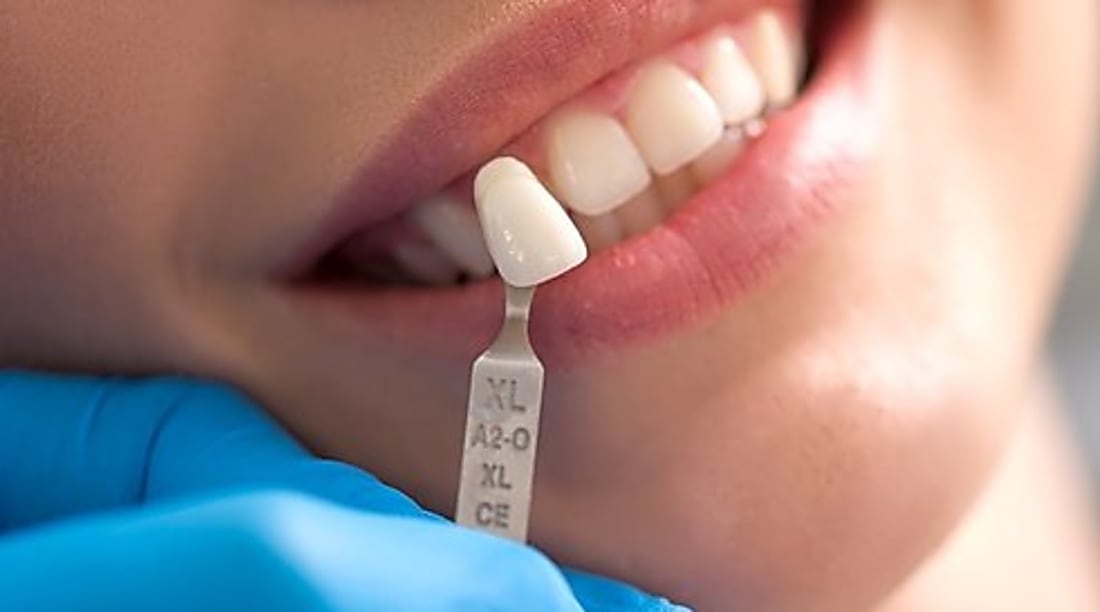“Premium Dental Implants: What Drives Cost & What’s Really Worth It”
Navigating the world of dental implants can be overwhelming, especially when terms like "premium" enter the conversation. With significant price variations between standard and premium options, understanding what truly constitutes value becomes essential for making informed decisions about this long-term investment in your oral health.

Dental implants have revolutionized tooth replacement, offering a permanent solution that looks, feels, and functions like natural teeth. However, not all implants are created equal. The term “premium” often appears in dental marketing, but what exactly distinguishes these higher-priced options from standard implants? This article examines the factors that influence implant costs, which premium features might justify higher prices, and how to determine what’s genuinely worth the investment for your specific situation.
What Makes Some Dental Implants Premium?
Premium dental implants typically differ from standard options in several key aspects. The material quality stands as perhaps the most significant difference. While standard implants typically use titanium, premium versions might incorporate titanium alloys or zirconia, which can offer improved biocompatibility and aesthetic outcomes. Premium implants often feature advanced surface technologies—microscopic texturing that promotes faster and more reliable osseointegration (fusion with the jawbone).
The manufacturing precision also distinguishes premium options. Higher-end implants undergo more rigorous quality control processes and may feature more sophisticated designs with patented connection systems between the implant and the crown. These precision-engineered components can contribute to better long-term stability and reduced complications.
Additionally, premium implants often come with more extensive research backing and longer warranties. Manufacturers like Nobel Biocare, Straumann, and Zimmer Biomet invest heavily in clinical studies to validate their premium features, providing dentists and patients with more predictable outcomes data.
How Much More Does Premium Cost?
The cost difference between standard and premium dental implants can be substantial. While standard implants might range from $1,500 to $3,000 per implant, premium options typically start at $3,000 and can exceed $6,000 per implant. This price gap reflects not just the implant itself but often the entire treatment approach.
Several factors influence this price differential. Premium implants generally cost more to manufacture due to advanced materials, precision engineering, and extensive research and development investments. Additionally, dentists who place premium implants often have advanced training and may use more sophisticated diagnostic and surgical equipment, such as 3D imaging and computer-guided placement technology.
Geographic location significantly impacts pricing as well. Premium implant procedures in major metropolitan areas typically cost 30-40% more than in smaller cities or rural areas. The overall treatment complexity also plays a role—cases requiring bone grafting or addressing complicated dental issues will increase costs regardless of implant type.
Are Premium Features “Worth It”?
The value proposition of premium implants depends largely on individual circumstances. For patients with straightforward cases—adequate bone volume, good overall health, and standard aesthetic requirements—the clinical success rates between standard and premium implants may not differ significantly enough to justify the higher cost.
However, premium implants may offer meaningful advantages in challenging scenarios. Patients with compromised bone quality, those requiring immediate loading (same-day teeth), or cases with high aesthetic demands in visible areas might benefit substantially from premium options. The advanced surface technologies can promote faster healing and better integration in compromised bone, while premium components often provide more natural-looking results in the aesthetic zone.
Long-term considerations also matter. Some research suggests that premium implants may demonstrate better longevity and fewer complications over decades of use. For younger patients who might live with their implants for 40+ years, this potential longevity benefit could offset the higher initial investment.
How to Decide What’s Right for You
Making the right implant choice requires a personalized approach. Begin by seeking consultations with multiple implant specialists—preferably both prosthodontists (specialists in tooth replacement) and periodontists or oral surgeons (specialists in implant placement). During these consultations, ask specifically about the implant systems they recommend and why.
Consider your specific risk factors. If you have conditions that might complicate implant success (smoking, diabetes, bone loss, grinding habits), the advanced features of premium implants might provide meaningful benefits. However, if you have excellent oral health and adequate bone volume, standard implants might serve you equally well.
Discuss long-term maintenance requirements and warranty differences. Some premium implant manufacturers offer lifetime warranties on their products, which could provide peace of mind and potential cost savings if complications arise years later.
Comparing Premium and Standard Dental Implant Options
| Implant System | Category | Key Features | Approximate Cost Per Implant |
|---|---|---|---|
| Straumann SLActive | Premium | Advanced hydrophilic surface, faster osseointegration, lifetime warranty | $2,800-$4,500 |
| Nobel Biocare NobelActive | Premium | Tapered design for immediate function, TiUnite surface | $3,000-$4,800 |
| Zimmer Biomet Certain | Premium | Platform switching, microgrooves for tissue attachment | $2,500-$4,200 |
| BioHorizons Tapered Internal | Standard/Mid-range | Laser-etched surface, moderate price point | $1,800-$3,000 |
| Implant Direct Legacy | Standard | Compatible with major systems, value-oriented | $1,500-$2,500 |
| Generic Titanium Implants | Economy | Basic design, limited research backing | $800-$1,600 |
Prices, rates, or cost estimates mentioned in this article are based on the latest available information but may change over time. Independent research is advised before making financial decisions.
Insurance Coverage for Premium Dental Implants
Navigating insurance coverage for dental implants presents another layer of complexity. Most dental insurance plans provide limited coverage for implants, typically classifying them as a major procedure with 50% coverage up to annual maximums (usually $1,000-$1,500). However, premium implants often exceed these maximums significantly.
Some insurance providers make no distinction between standard and premium implants in their coverage policies—they simply provide a fixed benefit amount regardless of which type you choose. Others might have preferred provider agreements with specific implant manufacturers, potentially offering better coverage for certain systems.
Flexible spending accounts (FSAs) and health savings accounts (HSAs) can help manage costs, allowing you to pay for implant procedures with pre-tax dollars. Additionally, many dental practices offer financing options through third-party providers like CareCredit or in-house payment plans to make premium implants more accessible.
When evaluating insurance coverage, request a detailed pre-treatment estimate from your dentist to submit to your insurance provider. This will clarify exactly what portion of your premium implant treatment will be covered before you commit to the procedure.
Ultimately, the decision between standard and premium dental implants involves balancing immediate cost considerations against potential long-term benefits. By understanding the specific features that command premium prices and evaluating their relevance to your unique situation, you can make a well-informed choice that serves your oral health needs without unnecessary expense.
This article is for informational purposes only and should not be considered medical advice. Please consult a qualified healthcare professional for personalized guidance and treatment.




